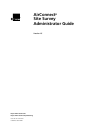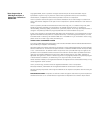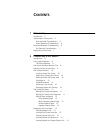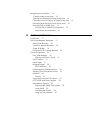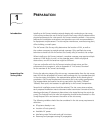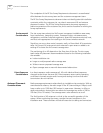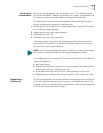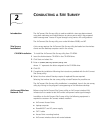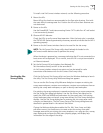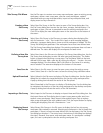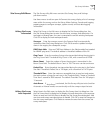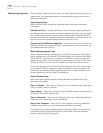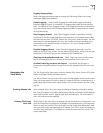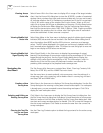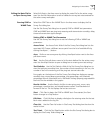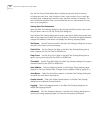
6 C
HAPTER
1: P
REPARATION
The completion of the RF Site Survey Requirements document is a coordinated
effort between the site survey team and the customer management team.
The RF Site Survey Requirements document does not identify potential installation
constraints within the customer site, nor does it recommend AP and antenna
placement location. The RF Site Survey Requirements document represents a
preliminary overview of the customer site, and is used as a baseline for refining site
survey requirements.
Environmental
Considerations
The site survey team selects trial AirConnect component installation areas away
from transformers, heavy-duty motors, fluorescent lights, microwave ovens,
refrigerators, and other industrial equipment. Areas with excessive moisture, heat,
and dust are inappropriate for installing an AirConnect wireless network.
Signal loss can occur when metal, concrete, walls, or floors block AP transmission
areas. AirConnect AP antennas are trial-mounted in open areas or added to an
existing AP to boost the AirConnect coverage area.
The positioning of an AP depends on the floor plan of the site. The site survey
team makes AP placement recommendations based on the following installation
site variables:
■
Indoor installation site
■
Large or small proposed radio coverage area
■
Wide or narrow proposed coverage area
■
Open coverage area or area with documented obstructions
Direct-Sequence
Considerations
In a direct-sequence radio coverage cell, APs with identical direct-sequence
channels cannot share the same cell. Direct-sequence access points operating
on different channels require careful survey area testing to ensure that radio
transmissions do not interface.
Antenna Placement
Considerations
Radio coverage requirements relate directly to installation site constraints. With an
omnidirectional antenna, the radio range of the AP (transmitting at 1Mbps) could
have a radius up to 1000 feet (303 meters) in open areas. However, in office or
retail environments, obstructions can reduce the coverage to a radius of 180 to
250 feet (54 to 76 meters). The coverage area is also referred to as a cell.
The final location of AP antennas is critical to the successful operation of the
system. When conducting the survey, consider the exact conditions in the
installation area. These conditions include all losses due to cabling and connectors.



